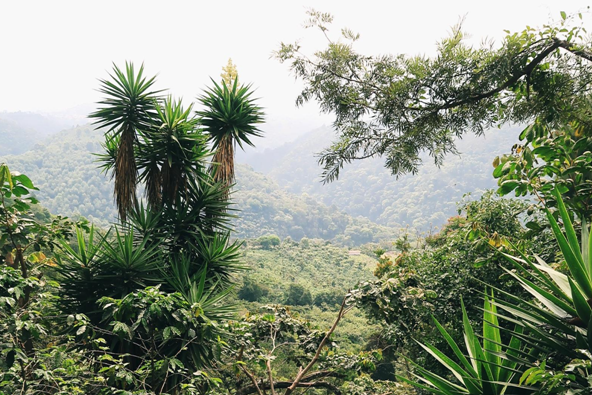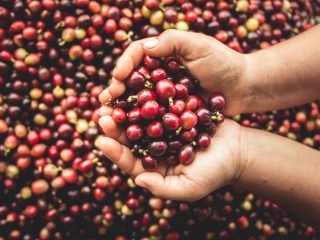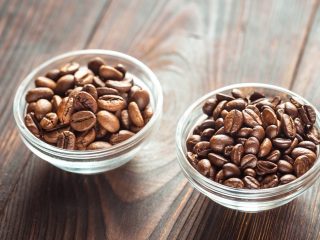Guatemala is a land of many colours, wonderful mountain landscapes, best avocados in the world and the legendary Maya civilisation. But there is yet another reason to take a closer look at it, which is coffee, at present probably the most famous Guatemalan product.
Basic information
The beginnings of coffee growing in Guatemala date back to 1770. Ever since then, coffee hasn’t ceased to impact on the country’s agriculture, and by that its economy, taking second place among its agricultural exports. How did it happen that Guatemala became one of ten largest producers of coffee worldwide and is at the same time known for its quality?
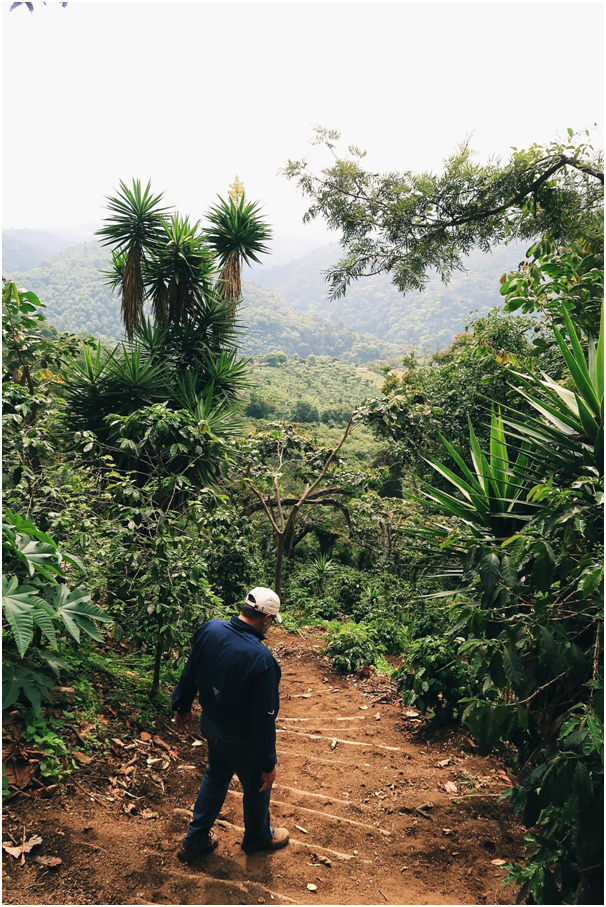
It will be best to begin with favourable geographic conditions. Mountainous topography, location between two oceans and volcanic soil make up the optimal environment for the growth of coffee plants. That combined with altitudes exceeding 1,400 m above sea level and the fact that 99% of coffee is grown in shade makes up a perfect recipe for producing exceptional coffees. Let’s keep in mind how varied these conditions are across the country – Guatemala has over 300 unique microclimats; as a result, not only every region, but even single farms produce coffees with different characteristics, which translates into a great variety of flavours in the cup.
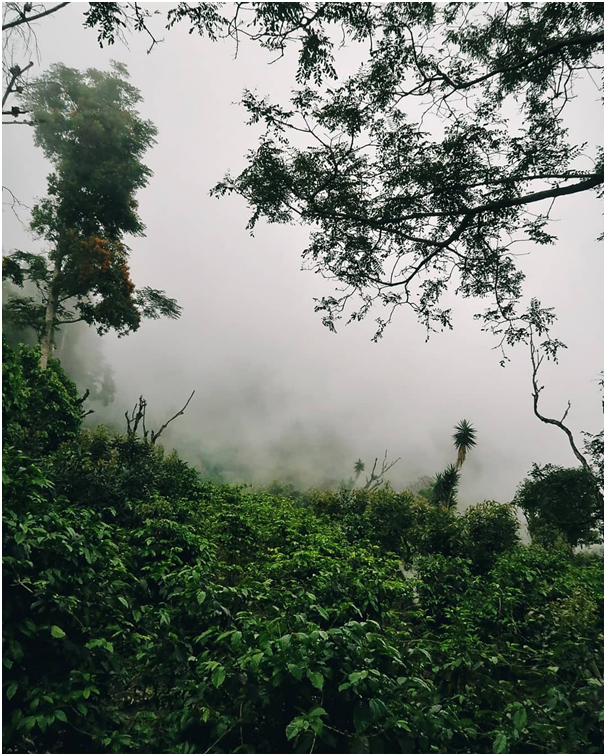
Nearly all of the cultivated coffee is Arabica, which is hand-picked due to the shape of terrain. The most popular varieties (varietals) are:
- Catuai
- Bourbon
- Pache
- Pacamara
- Caturra
Apart from classic varieties, more and more often you can come across producers growing, i.a. Gesha and new rust-resistant (rust is a plant disease caused by fungi) varietals such as, for example, H1 (hybrid of Villa Sarchi and Rume Sudan).
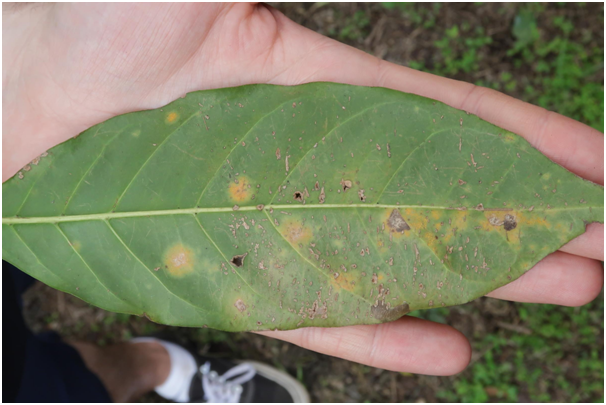
Harvest season takes place between December and March, depending on region. Coffee is most often processed by the wet (washed) method, since it is repeatable and effective in comparison to the dry method, which requires far more time and space, and, moreover, is subject to changing weather conditions. This does not mean that in Guatemala, you don’t produce dry/natural or honey processed coffee. It is only that such coffees are a minority.
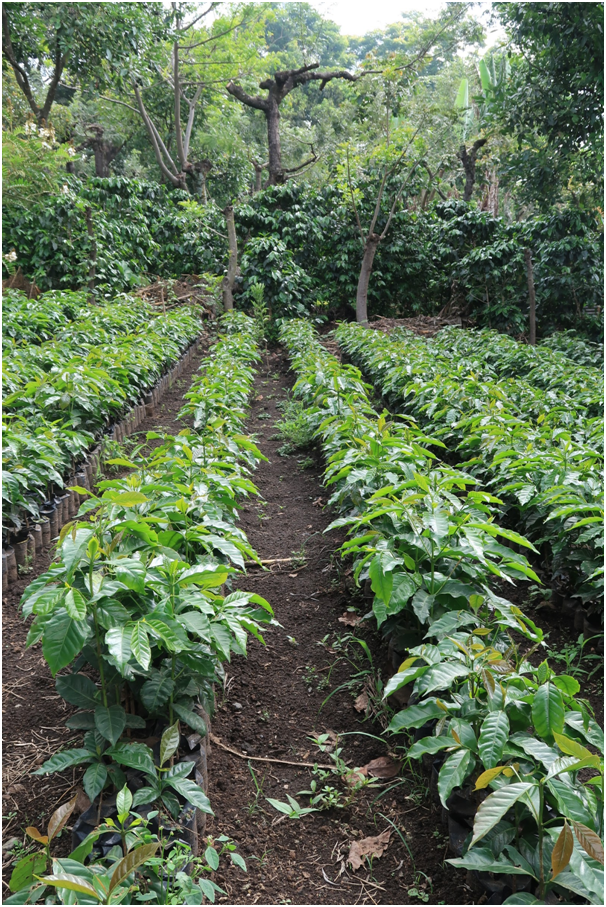
The level of producers’ knowledge and innovativeness is very varied. The majority of farms in Guatemala are small or medium-sized – less than 40 ha – owned by families that have grown coffee for several generations. Such fragmentation is a result of inheriting smaller and smaller pieces of land, which is caused by dividing up the property between one’s offspring and a gradual decrease of farms divided again and again between successive generations.
Some of them are very open to new cultivation techniques, coffee varieties, processing methods and a general attitude towards managing a plantation, which includes methods of using fertilisers, plant protection products, shading control or supporting biodiversity on the farm. However, in most cases, coffee is produced the traditional way. Also, the majority of 125,000 producers don’t have access to the speciality market and often sell their 80+ quality coffees at a market price, a situation which is exploited by the not so honest ‘coffee hunters’.
The situation is changing for the better, but it is a very slow process. If we add to it record low coffee prices on the world markets, we get a situation where farmers often give up coffee for much more profitable avocado production, and those who still hold on to it, don’t have successors, as young people prefer to migrate to big cities in search of higher education and office work which is considered more stable and financially rewarding.
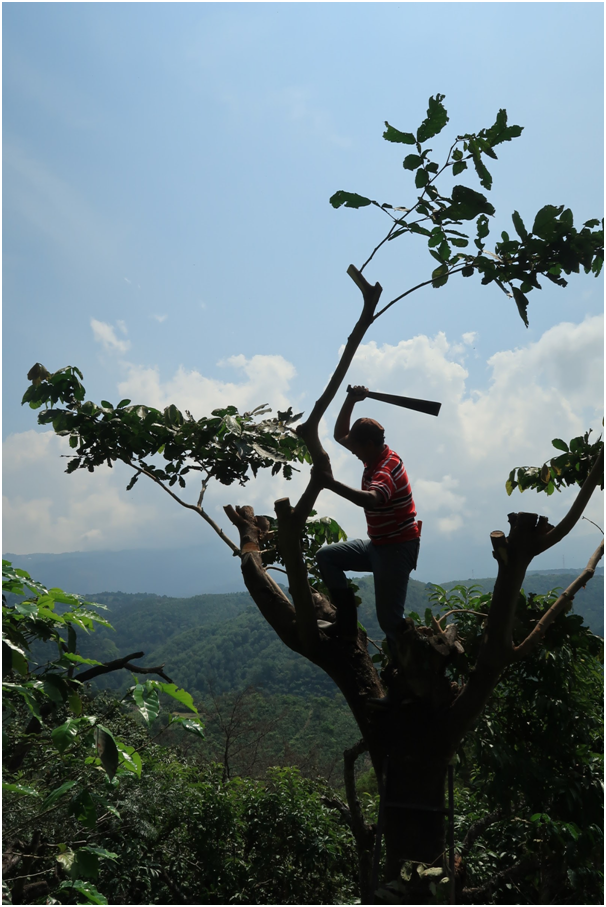
Classification
REGIONS
In order to mark their exceptional character and richness of flavours, Guatemala coffees were first in the world to be sold with a distinction between regions, each region having its own characteristics distinguishing it from the others. The most famous regions are:
- Highland Huehue: intense acidity, full body, wine notes
- Antigua Classic: high sweetness, rich aroma, elegant character
- Acatenango Valley: marked acidity, balanced body, clean, lingering finish
- Volcanic San Marcos: delicate floral aroma, balanced acidity
- Traditional Atitlan: full body and pronounced citrus acidity
- Rainforest Coban: notes of ripe fruit, smooth body
- Fraijanes Plateau: fresh and intense acidity, full body
- New Oriente: well-balanced, full body, chocolaty flavour
GROWING ALTITUDE
Quality of Guatemalan coffees depends on their growing altitude. By default, the higher the altitude, the higher bean quality, but also the price, which is a result of more difficult and expensive cultivation, smaller harvest and more selective picking of cherries. The majority of coffees marked as ‘speciality’ are SHB coffees.
| Good Washed | Up to 700 metres above sea level. |
| Extra Good Washed | 700/850 metres above sea level. |
| Prime Washed | 600/900 metres above sea level. |
| Extra Prime (E.P.) | 900/1100 metres above sea level. |
| Semi Hard Bean (S.H.) | 1100/1200 metres above sea level. |
| Hard Bean (H.B.) | 1200/1400 metres above sea level. |
| Fancy Hard Bean | 1500/1600 metres above sea level. |
| Strictly Hard Bean (S.H.B.) | 1600/1700 metres above sea level. |
DEFECTS
Depending on the number of defects and batch homogeneity, Guatemalan coffees can be broken down into three separate segments.
| US preparation | – 100% of the beans are over 13 in size
– uniform in colour – moisture content between 9-12% – maximum 23 allowable defects in 300 g (only for washed Arabica coffees) – clean taste, no defects |
| Euro preparation | – 100% of the beans are over 15 in size (5% below 14 is tolerated)
– uniform green colour – moisture content between 9-12% – maximum 8 allowable defects in 300 g – clean taste, no defects |
| Gourmet preparation | – 100% of the beans are over 16 in size (15% below 15 is tolerated, no peaberries or elephant beans)
– uniform green colour – moisture content between 11-12% – maximum 5 allowable defects in 300 g, no quakers – clean taste, no defects, pronounced acidity and good body |
Typical green coffee from Guatemala can be described in the following way:
Guatemala SHB EP Huehuetenango = Strictly Hard Bean, European Preparation, Huehue region.
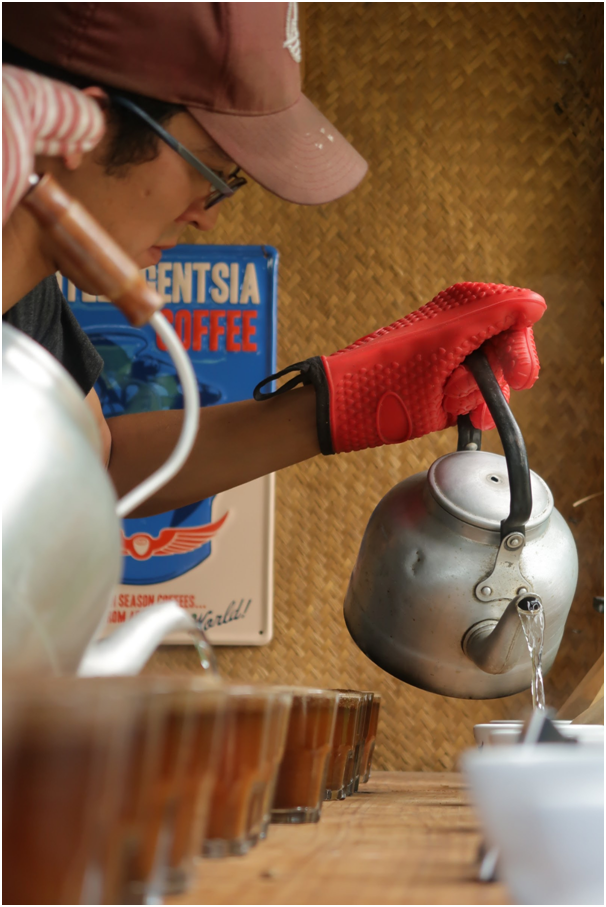
The National Coffee Organisation Anacafé (Associacion National del Cafe) is in charge of quality segmentation and regionalisation. It gathers the majority of 125,000 coffee producers in Guatemala (and this is only the number of registered plantation owners; the total number of people employed in this sector is around 0.5 million). Each bag with green coffee exported from Guatemala is certified by Anacafé, which attests to its quality and origin. This makes quality control and transparent trade relations easier. Moreover, the organisation works very hard on creating new, rust-resistant varieties which would let producers stabilise production. Anacafé also takes measures of a social nature, giving families producing excellent coffee hope for a better future.
Flavour
Beans from Guatemala are a great way to start your adventure with speciality coffee. They have fruity notes, but are balanced, sweet and don’t come as a shock like Kenya or Rwanda. For all those who like the classic flavour profile and would rather not drink a sea of strawberries or rhubarb right at the beginning, Guatemala will be a great choice. It will taste great in espresso as well as in a dripper or cold brew. These coffees are extremely ‘universal’ and will please pretty much everyone.
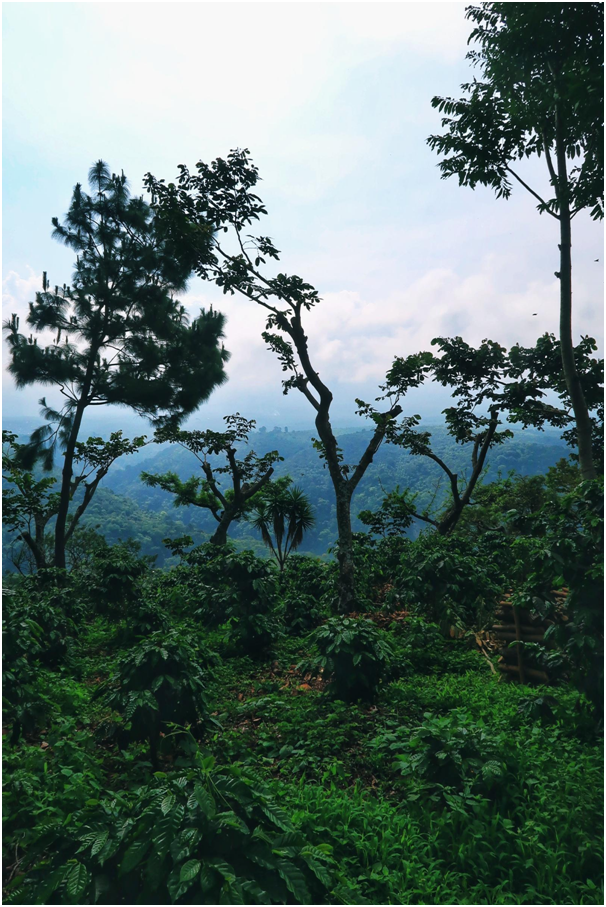
Sources:
https://www.guatemalancoffees.com/main/impact/
https://www.coffeehunter.com/coffee-country/guatemala/
https://www.guatemalancoffees.com/main/regions-and-profiles/
https://www.supremo.be/en/guatemala
https://www.anacafe.org/uploads/file/9a4f9434577a433aad6c123d321e25f9/Gu%C3%ADa-de-variedades-Anacaf%C3%A9.pdf

